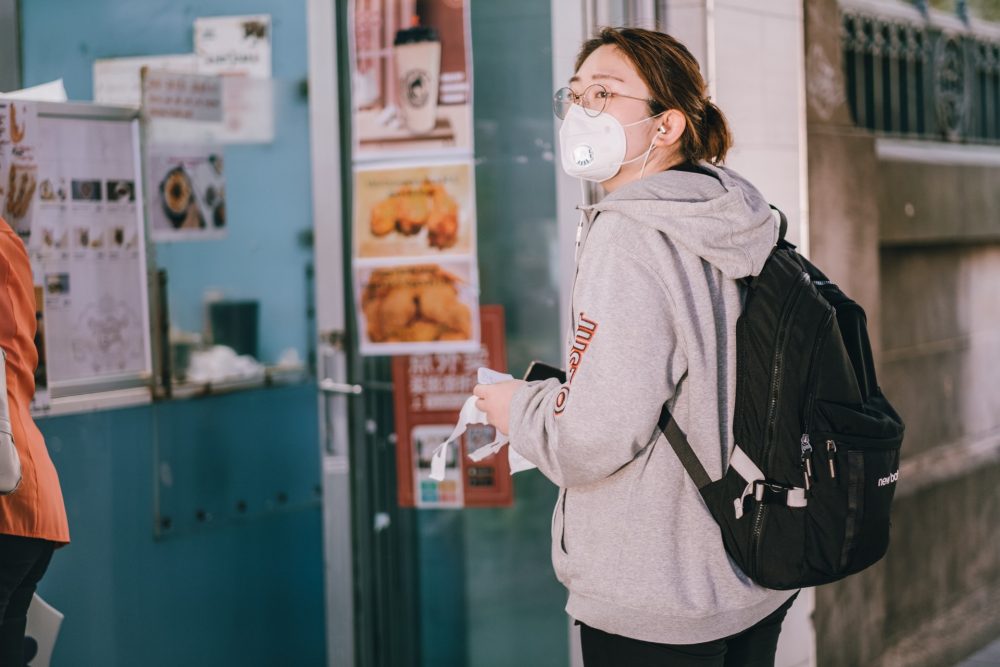By Clare Spratt, People Development Consultant
 As Covid-19 restrictions continue to lift across the UK and people transition back to the workplace, our collective focus is shifting, once again, to working arrangements and how businesses can support their people.
As Covid-19 restrictions continue to lift across the UK and people transition back to the workplace, our collective focus is shifting, once again, to working arrangements and how businesses can support their people.
For some, a physical return to the office is long overdue. These people cannot wait to get out of the house, reclaim their workstation, reconnect with colleagues, and enjoy unplanned interactions around the workplace. For others, a physical return to work could rob them of the increased freedom, flexibility, and productivity they have experienced over the past year. Then, of course, there are some who fall in between – those who support a hybrid arrangement of office and homeworking.
Individual circumstances may also vary. For some, a return to work may signal the end of furlough, and an end to extra time at home or a change in employment circumstances. For others, those who have joined a new company or team, or where there has been a structural change, a physical return to the office may cause increased anxiety. One of my clients shared a recent experience where she bumped into a colleague while completing her essential supermarket shopping. She had been working closely, on a daily basis with this colleague for the past four months – but never actually met her in person. My client had been recruited, onboarded and integrated into the team during the pandemic. She had only ever met colleagues remotely, via video calls. This is how she described meeting her colleague in person for the first time, “It was so strange – I felt like I knew this woman so well and we had developed such a close friendship, but in that moment, I realised I’d never actually ‘met’ her. We wanted to hug but couldn’t because of current restrictions. It was surreal.”
This sort of sentiment was echoed by another client during an agile leadership development workshop I facilitated recently. During the programme, I asked everyone to describe their team right now. One of the most memorable answers was, “I love my team, but right now, they are like a rugby scrum and I need them to be more like a peloton.” My biggest takeaway from that session was that everyone is feeling anxious and unsettled about working arrangements in the ‘next normal.’ People are finding it hard. Teams feel disconnected and many have lost their sense of belonging or unity under a common purpose.
Armed with these two experiences, and with my 18 years in the learning and development industry, I thought it would be helpful to share a few tips, which I hope will help businesses and leaders support their people during the next transition.
Set expectations by sharing a detailed ‘return to work’ plan. What are the working arrangements – a full return to the office or a hybrid approach? What are key milestones, actions and responsibilities? Ensure you spend sufficient time discussing the plan with your team, listen to what is being said and ensure everyone understands and is supportive.
Be agile and give people – and yourself – time to find out what works best for them. The first approach may not be the final one. Workloads and family circumstances can vary throughout the year and building in flexibility will help people identify what is best for them.
Offer your team an opportunity to review the plan in their own time. Are there any recommendations from your team that you can incorporate into the plan? You may want to consider extending this opportunity further by exploring what other processes and practices can be reviewed and improved before you return to work – this could be a great ‘reset’ opportunity.
Try to ensure the process is enjoyable, builds team unity and cohesion, and nurtures belonging within the team. You may want to encourage colleagues who are most excited about returning to the office to organise ‘return to work’ activities. Just ensure these colleagues are supported to deliver on their plans and that they cater to different preferences.
Create space for your team to talk about how they are feeling. What are they anxious or excited about? Be an active listener and ensure they feel heard. Be a servant leader and do your best to ensure their concerns are addressed. Take time throughout the transition period to regularly check-in with your team and offer whatever additional support is needed.
We can all agree that a ‘return to work’ is likely to cause mixed emotions for people – but for some this could impact on wellbeing and productively. Bringing your people together to reconnect, exploring each other’s preferences – and respecting them – will ensure you find the right pathway back to a happy, high performing team and are able to retain talent into the future. So, whatever ‘return to work’ approach you decide to adopt, ensure you focus on your people first.
About the author
 Clare Spratt People Development Consultant and Facilitator https://netleyconsulting.com/
Clare Spratt People Development Consultant and Facilitator https://netleyconsulting.com/
After 18 years working in learning and development, I set up Netley Consulting, a boutique consultancy offering programme design, learning delivery, and workshops for leaders and their teams.
I help businesses achieve their goals by focusing on people; that’s because businesses only truly succeed when people feel valued, are supported to develop and grow, and there is a culture of mutual respect and appreciation.
Are you looking to return to work after a career break? Searching for advice and tips? WeAreTheCity has a whole dedicated section to returnships and returning to work. You can find open returnship opportunities, advice for experts about returning to work and tips on flexible working.








